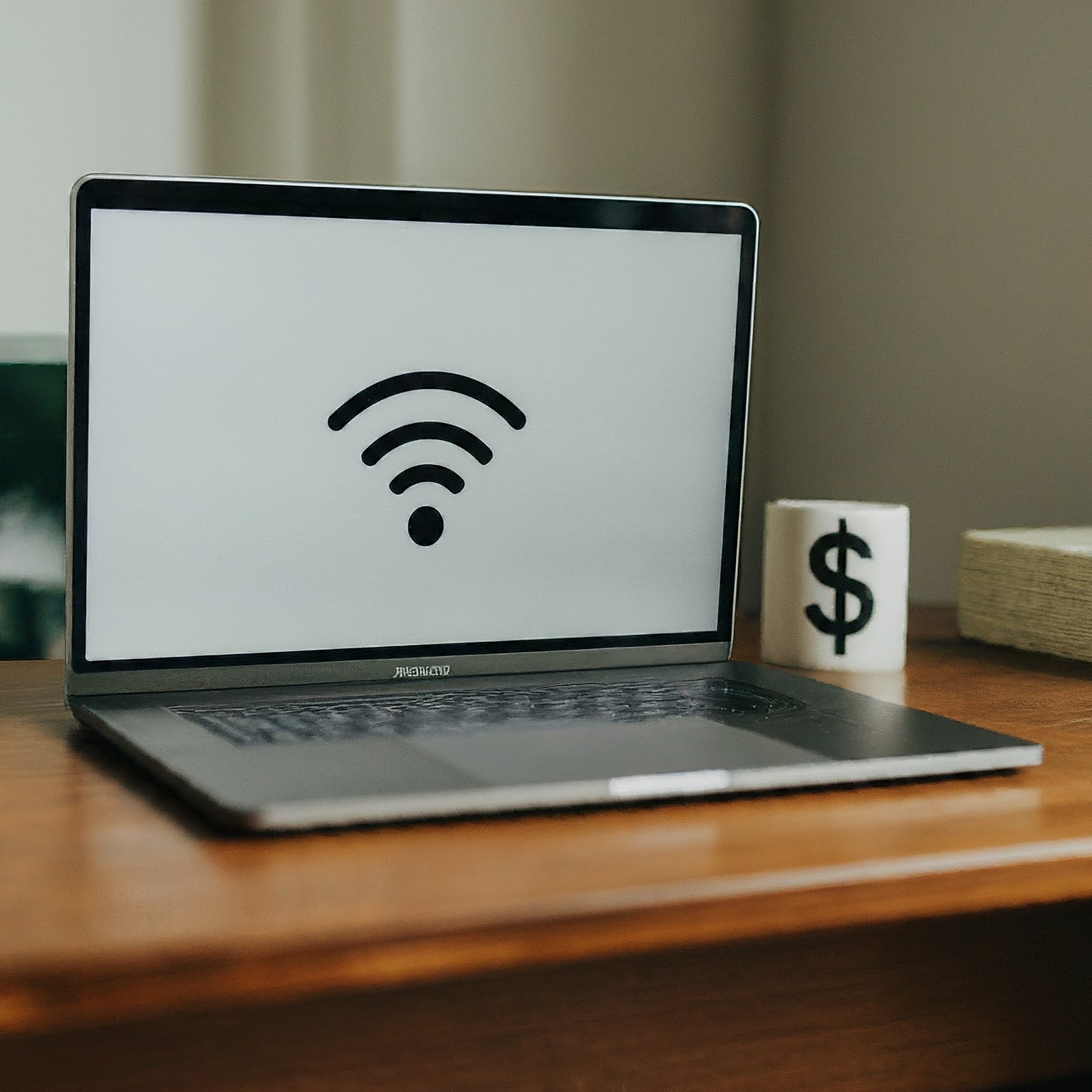In today’s increasingly interconnected world, access to the internet is no longer a luxury but a necessity. From education and employment opportunities to healthcare and social connection, the internet plays a vital role in our daily lives. However, for low-income individuals and families, the cost of internet service can be a significant barrier to accessing these essential resources. Fortunately, various programs and initiatives are working to bridge this digital divide by providing free internet for low income households. This comprehensive article explores the importance of affordable internet access, the challenges faced by low-income communities, and the various options available for obtaining free or low-cost internet service.

The Importance of Affordable Internet Access
The internet has become an integral part of our society, impacting almost every aspect of our lives. Here’s a closer look at why affordable internet access is so crucial:
- Education: The internet is a valuable educational tool, providing access to online courses, research materials, and educational resources. For students from low-income families, having internet access at home can significantly impact their academic success.
- Employment: Many job applications, job searches, and even some jobs themselves require internet access. Without it, individuals may face significant barriers to finding and maintaining employment.
- Healthcare: The internet enables access to telemedicine, online health resources, and communication with healthcare providers. For low-income individuals who may have limited access to transportation or face other challenges in accessing healthcare, the internet can be a lifeline.
- Social Connection: The internet allows people to stay connected with friends and family, access social media, and participate in online communities. For those facing social isolation or limited mobility, the internet can provide a sense of belonging and connection.
Challenges Faced by Low-Income Communities
Despite the internet’s importance, many low-income individuals and families face significant challenges in accessing affordable internet service. Some of the key challenges include:
- Cost: The cost of internet service, including monthly fees and equipment costs, can be prohibitive for low-income households.
- Lack of Infrastructure: In some rural or underserved areas, the necessary infrastructure for broadband internet may not be available, limiting access to high-speed internet.
- Digital Literacy: Some individuals may lack the digital skills and knowledge necessary to effectively use the internet, further exacerbating the digital divide.
Options for Free Internet for Low Income
Fortunately, several programs and initiatives aim to provide free internet for low income households. These include:
- Government Programs
- The Affordable Connectivity Program (ACP): The ACP is a federal government program that provides eligible households with a discount of up to $30 per month on their internet service. Some providers also offer a one-time discount of up to $100 for a laptop, desktop computer, or tablet.
- Lifeline: The Lifeline program is a federal program that provides eligible low-income households with a discount on their phone or internet service. The discount can be applied to either a landline or wireless phone service or to broadband internet service.
- ISP-Specific Programs
Many internet service providers offer their own low-cost or free internet options for eligible low-income households. Some of the most notable programs include:
- AT&T Access: AT&T Access provides eligible households with internet service for $10 per month or less.
- Comcast Internet Essentials: Comcast Internet Essentials offers low-cost internet service for $9.95 per month to eligible households.
- Spectrum Internet Assist: Spectrum Internet Assist provides eligible households with high-speed internet service for $17.99 per month.
- Non-Profit and Community Initiatives
Several non-profit organizations and community initiatives are working to provide free internet access to low-income communities. These initiatives often involve setting up public Wi-Fi hotspots in libraries, community centers, and other public spaces.
- Other Options
In addition to the programs mentioned above, there are a few other ways that low-income individuals and families may be able to access free internet:
- Public Libraries: Most public libraries offer free Wi-Fi access to patrons.
- Community Centers: Some community centers also offer free Wi-Fi access.
- Mobile Hotspots: Some mobile phone plans offer the ability to use your phone as a mobile hotspot, providing internet access to other devices.
How to Qualify for Free Internet
Eligibility requirements for free internet for low income programs vary depending on the specific program. However, most programs require that households meet certain income guidelines or participate in other government assistance programs, such as SNAP or Medicaid.
Tips for Finding and Applying for Free Internet
- Research Available Programs: Start by researching the various programs and initiatives available in your area. You can find information online, through your local library, or by contacting your state or local government.
- Check Eligibility Requirements: Carefully review the eligibility requirements for each program to ensure you qualify.
- Gather Required Documentation: You will likely need to provide documentation to prove your eligibility, such as proof of income or participation in other government assistance programs.
- Apply Online or In-Person: Most programs allow you to apply online or in person. Follow the instructions carefully and provide all required information.
- Be Patient: The application process may take some time, so be patient and follow up if you haven’t heard back within a reasonable timeframe.

Conclusion
Access to affordable internet is essential for full participation in today’s society. Free internet for low income programs and initiatives are helping to bridge the digital divide and ensure that everyone has the opportunity to connect, learn, and thrive in the digital age. If you’re a low-income individual or family struggling to afford internet service, don’t hesitate to explore the options available in your area. By taking advantage of these resources, you can gain access to the internet and unlock a world of opportunities.